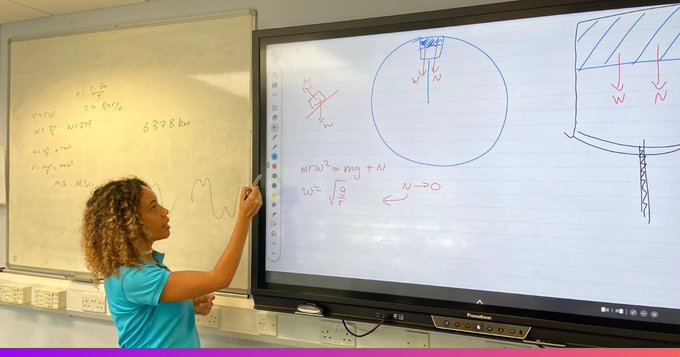The State of Education Technology…eighteen months on

National survey reveals schools’ top priorities as well as the current barriers to technology in education post-pandemic
A new report, which provides guidance to educators and school leaders on the latest trends in EdTech, has revealed social and emotional learning (SEL), staff training, and collaboration are among schools’ top priorities with budgets and student engagement also being at the forefront of discussion. For the first time in seven years, ‘attainment’ was not first on the list of schools’ priorities.
The sixth Promethean® State of Technology in Education UKI Report asked educators from across the country to share their experiences and comment on their schools’ priorities from budgets to strategies and training. Conducted by global education technology company, Promethean, the 1580 participants for the 2021-22 survey included teachers, school SMT, members and IT staff.
Social and emotional learning (SEL) was given the top spot by 44 percent of educators, but few believe it will actually feature in next year’s spending. Just two percent of schools said they will be able to invest in wellbeing for 2022/23. Collaboration and communication were reported as the highest priority when it came to technology in the classroom – a dramatic increase and its highest level in five years.
Teachers said they are not receiving adequate training and support they need to utilise EdTech effectively, with 55 percent saying classroom tech training is lacking and nine percent claiming that they received no training at all. With budget and time constraints being named as barriers, only 15 percent of respondents felt they received “full training” when it came to technology. The report also highlighted gaps in staff training strategies, with 33 percent of respondents saying teacher training was not a funding priority.
The biggest reported hurdle to training was budget. “Lack of budget and lack of time” was outlined by a department head as a preventative force at their North West secondary school, “I do my own training and upskilling in my own time.” This view was echoed in many responses, as time constraints was listed as the second most common roadblock to training.
Still, attitudes towards tech use in the classroom remain consistently positive, with 77 percent believing that EdTech is a great way to engage students, and 76 percent saying it enables them to do their job better. A London primary headteacher commented, “Technology gives us a great opportunity to rethink teaching and learning. We need to have time to take this opportunity rather than rush back to just fulfilling the national curriculum.”
The majority of respondents anticipated that budgets (57 percent) and government policies (50 percent) will influence the future of education more than Covid (at 47 percent) over the next three years. Most respondents (58 percent) also predicted that in the long-term, all classes will be taught in person where possible, with a blend of digital and analogue resources. Regardless, responses did not downplay the lasting effect that the switch to remote learning has had on their school’s EdTech usage, and 95 percent believe they are better equipped for distance learning when needed.
Perhaps explaining why Covid came third on the list of future impacts to education, schools no longer need to adapt to accommodate digital learning: “The facilities put in place during the pandemic are now ready to be used whenever required,” said one IT staff member. Another primary head of faculty agreed: “We were well prepared this time – we’re ready should we need to go again!”
As for where educators feel the biggest trends are in the future of EdTech:
- 61 percent responded with online content and resources will see the biggest growth in the future
- 52 percent said online assessments
- While augmented and virtual reality (AR/VR) was seen as a fad [citation needed].
“Responses from our latest survey show not only how important the role of technology in education is, but how we must give greater support to teachers so they may continue to innovate through technology,” said Jim Wallis, Head of UKI Markets at Promethean. “We always try to delve deeper than technology in these reports, to get at the heart of the conditions that educators are facing today. Now it’s time to look at the right tools to help teachers connect to students in engaging ways. We will continue to listen to the voices of educators and strive to inspire through EdTech solutions.”
To learn more about the trends identified in the Promethean State of Technology in Education UKI Report 2021/2022, please visit stateofed.tech.

